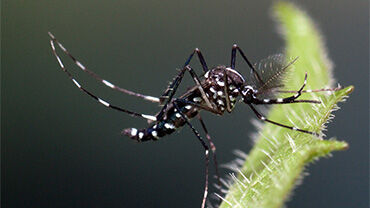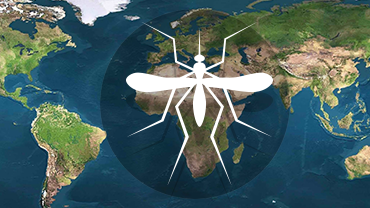Japanese encephalitis
Japanese encephalitis is a viral disease present in Asia, from Japan to India and Pakistan. Spread to humans by infected mosquitoes, the virus is a leading cause of viral encephalitis in Asia, with 30,000 to 50,000 cases reported each year.
Following infection, symptoms usually appear within 5 to 15 days.
Most people who are infected will develop no or mild symptoms. However, around 1 in 250 infected people will develop serious illness that can lead to death.
The symptoms of serious disease include:
- high fever
- headache
- neck stiffness
- disorientation
- coma
- seizures
- spastic paralysis
Up to one third of people who develop serious disease will die. Of those who survive, about half may experience lasting neurological or mental health issues.
Japanese encephalitis primarily affects children. In countries where this disease is common, adults are likely to have developed natural immunity from prior infection during their childhood. However, infection can occur at any age.
Those at higher risk of exposure to Japanese encephalitis virus are:
- residents of rural areas
- travelers with long-term exposure to rural areas
- travelers to areas where irrigation flooding is used
- travelers who spend the night outdoors without a mosquito net
Japanese encephalitis virus spreads through bites from infected mosquitoes who spread the virus from animals to humans. While humans can get infected, they do not play a role in spreading the virus further.
There is no specific treatment for Japanese encephalitis virus infection. In more severe cases, patients usually need to be hospitalised for supportive treatment and management of complications.
Japanese encephalitis can be prevented through vaccination.
Prevention against mosquito bites is crucial to prevent the disease.
For individuals, protective measures include:
- using mosquito repellent
- the use of mosquito nets
- sleeping or in screened or air-conditioned rooms
- wearing clothing that covers most of the body.







